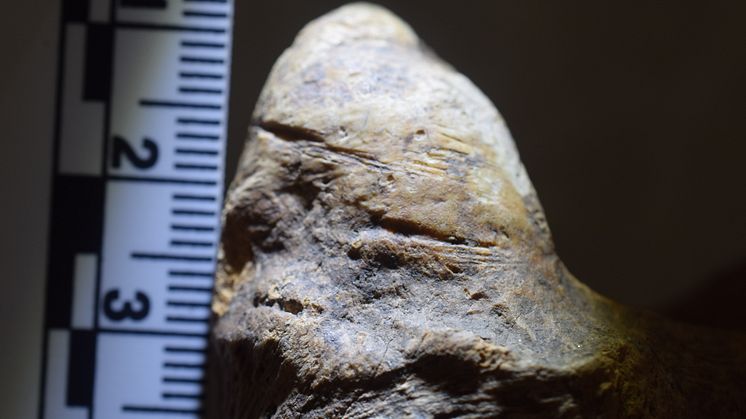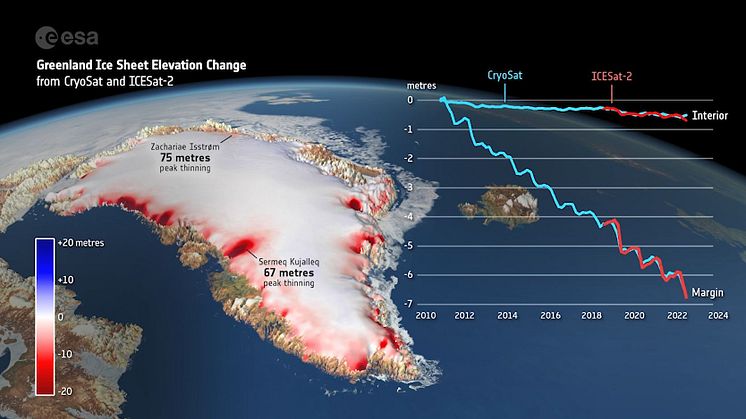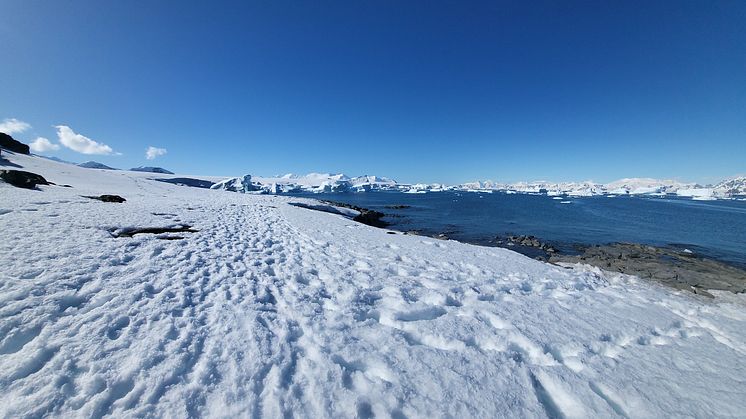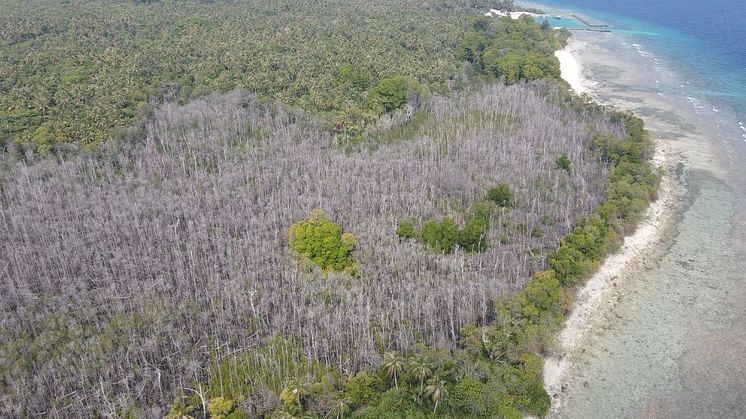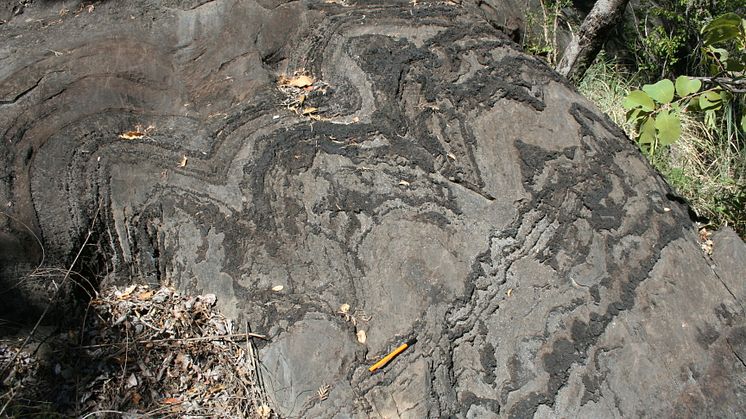
Press release -
Research provides new detail on the impact of volcanic activity on early marine life
Analysis of fossilised rocks known as stromatolites from more than two-and-a-half billion years ago has provided new insights into the conditions on Earth before the evolution of oxygen.
Led by Northumbria University researcher, Dr Ashley Martin, an international team with expertise in geology, microbiology, and geochemistry, worked in partnership to investigate nitrogen cycling patterns within ancient stromatolites, preserved in southern Zimbabwe.
Nitrogen is vital for all life on Earth but must first be converted into useable, bioavailable, forms as it passes through the atmosphere, soil, plants and animals in the nitrogen cycle.
The team believe the unusual nitrogen isotope patterns found in Zimbabwe can offer new understandings of the mechanisms at play in Earth’s early marine environment before the Great Oxidation Event, which occurred between 2.5 to 2.3 billion years ago. This event, which was likely caused by the evolution of photosynthesis, is a major milestone in Earth's history, and saw the first rise of oxygen concentration in Earth’s atmosphere.
Scientists have long debated about the biological and chemical conditions that led to the Great Oxidation Event and little is known about nitrogen cycles before it took place. At this point in time, the early Earth would have looked very different from today, with most continents still submerged beneath a great ocean that covered the planet.
Dr Martin, from the Department of Geography and Environmental Sciences at Northumbria University, said: “There are two key nutrients that control productivity in the oceans on geological timescales – nitrogen and phosphorus. Together they ultimately control the productivity of marine life.
“Our study reveals high nitrogen isotope values in 2.75 billion-year-old shallow water stromatolites, and lower nitrogen values in deeper marine sediments. This suggests that ammonium, which is nitrogen in its reduced form, accumulated in the deep waters and was brought into shallow waters by upwelling – the movement of deep nutrient-rich water towards the surface of the ocean.
“A large ammonium reservoir would have been very beneficial for early life, providing the nitrogen source needed for biological processes to occur. These conditions, likely in an ocean depleted of dissolved oxygen with a strong volcanic or hydrothermal influence, would have helped to support microbial growth, potentially spurring biological innovations and paving the way for the Great Oxidation Event.”

A paper published in the prestigious scientific journal, Nature Communications, outlines the findings of the research team, which includes experts from the University of St Andrews; the University of Kaiserslautern-Landau in Germany; Leibniz University, Hannover; the Max Planck Institute for Chemistry in Germany and the University of Johannesburg in South Africa.
Dr Eva Stüeken from the University of St Andrews explained: “We have long been puzzled by the unusual nitrogen isotope values in these rocks. Our new findings suggest a strong linkage to hydrothermal nutrient recycling, meaning that early life may in part have been fuelled by volcanic activity.”
Professor Axel Hofmann from the University of Johannesburg added: “Volcanism was exceptionally active 2.75-billion-years ago and left a lasting impact in the evolution of life at that time. Rocks in Zimbabwe preserve a remarkable record of this time interval.”
The proposal that in some areas of the world, large quantities of bioavailable nitrogen in the form of ammonium may have accumulated in the ancient oceans due to volcanic activity and fuelled the development of life, is supported by an earlier study from Dr Martin, Dr Stüeken and Dr Michelle Gehringer from University of Kaiserslautern-Landau. The results were published in the journal Geology.
Dr Martin and another co-author of the Nature Communications paper, Dr Monika Markowska, are members of Northumbria University’s Environmental Monitoring and Reconstruction (EnMaR) research group which studies modern and ancient environments, from the tropics to the polar regions, and seeks to answer fundamental global questions about climate and the environment.
FURTHER INFORMATION:
Visit the Northumbria University Research Portal to find out more about Dr Ashley Martin’s work.
Anomalous δ15N values in the Neoarchean associated with an abundant supply of hydrothermal ammonium was published in Nature Communications.
Topics
Categories
UNIVERSITY OF THE YEAR 2022 (Times Higher Education Awards)
Northumbria is a research-intensive university that unlocks potential for all, changing lives regionally, nationally and internationally.
Two thirds of Northumbria's undergraduate students come from the North East region and go into employment in the region when they graduate, demonstrating Northumbria's significant contribution to social mobility and levelling up in the North East of England.
Find out more about us at www.northumbria.ac.uk
--- Please contact media.communications@northumbria.ac.uk with any media enquiries or interview requests ---









